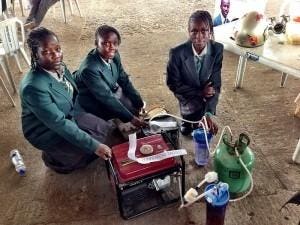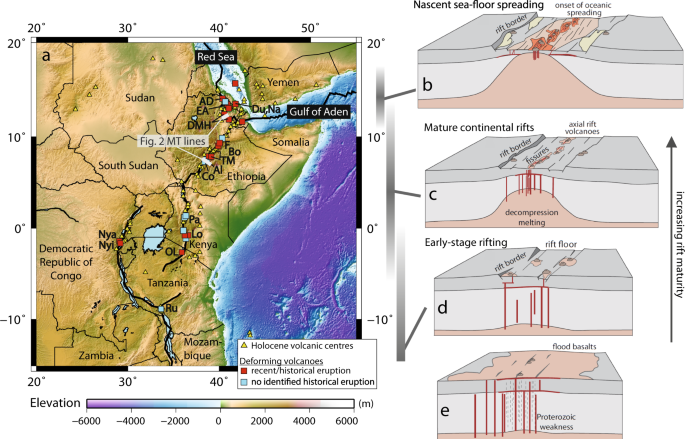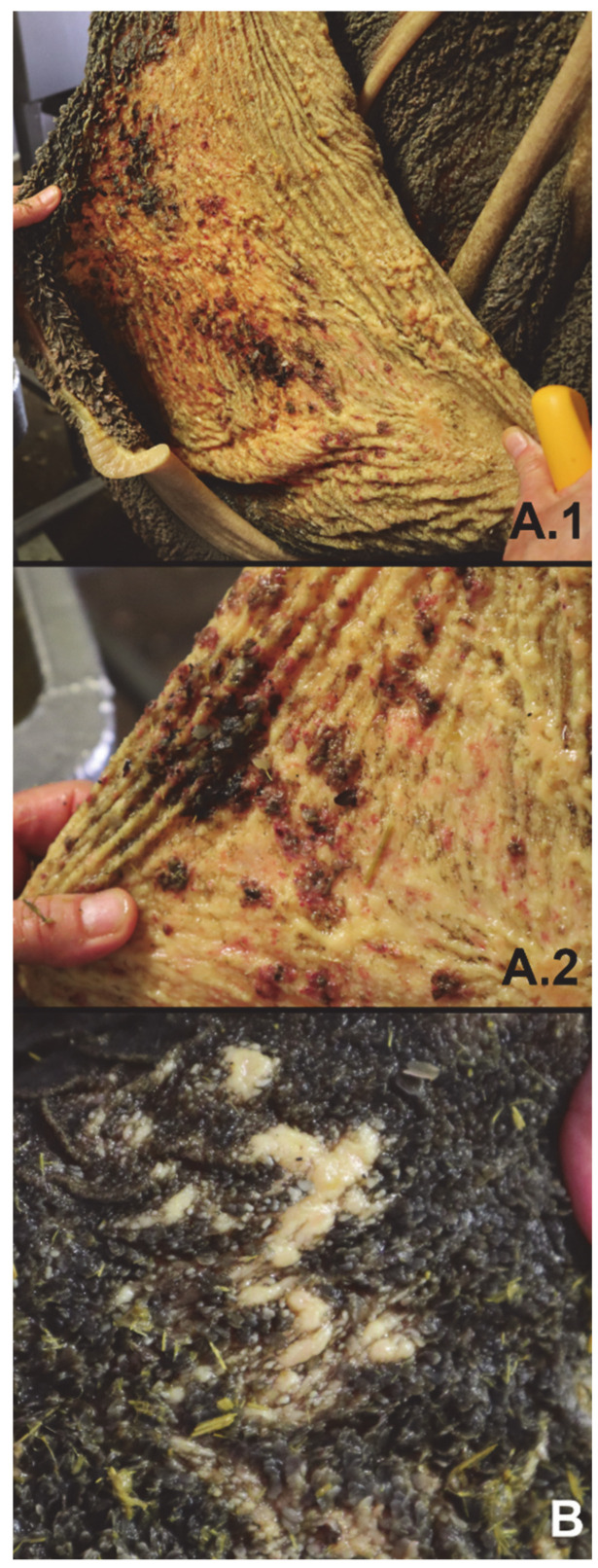- May 11, 2008
- 22,789
- 1,490
- 126
Hi all, I though it would be a good idea to place some good information here.
Over the years i learned al ot about how life works form microscopic to macroscopic... The planet , the climate.
How the weather changes because of all kind of events that come up in daily life all over the planet and below and high above...
I will be adding posts here. It is amazing how little some people know about nature.
And how easy it seems to be to create some hype or mentality by means of modern communication means.
Anyway , i am going to add posts here with some amazing discoveries and common knowledge that is not often known but very handy to know.
The first will be :
World’s first large scale Accelerator Driven System : A subcritical nuclear reactor you can turn off.
The system can in principle also be designed to use also spend fuel rods and even discarded nuclear warheads.
Around the 1990s the ADS principle was developed by Carlo Rubbia and other nuclear scientists after the disasters with the Three mile island reactor in 1979, and the Chernobyl reactor in 1986.
Carlo Rubbia is famous for having been the Director-General of CERN and has made many contributions to the nuclear science.
For years Hamid Aït Abderrahim with his group of scientists have been working hard in Belgium to make the ADS a reality and it is happening. It is called Myrrha.
Imagine that, to generate energy and also turn extremely radioactive material into far less radioactive material with a shorter half life.
And also use thorium.
The system works by applying a particle beam from an accelerator to a subcritical nuclear material. The material turns critical and the fission reaction starts.
Without the particle beam, the fission reaction can not be sustained and will fade away. Very handy to prevent runaway reactions and the not wanted explosions.
Although a meltdown can occur, a runaway fission reaction should not be able to happen since the nuclear material is sub critical on it's own.
So no longer any awful Three mile island , Chernobyl or Fukushima events.
I say if this really works, go for it.
Imagine that, no more dangerous nuclear power plants where we desperately are trying to keep the reaction under control and preventing runaway fission reactions.
We are way better of with a nuclear reactor system that we need to actively keep going then a system we actively need to suppress.
No particle beam is within a short time no fission reaction, simply described.
The particle beam accelerator can be turned on and off.
For more information read about it, the research station is being build in Belgium, i really hope it works. It would be a great way to reduce the global nuclear waste pile and generate energy.
It is called MYRRHA : "Multi-purpose hYbrid Research Reactor for High-tech Applications".
Information about MYRRHA :

Background information about Hamid Aït Abderrahim :

 www.sckcen.be
Small excerpt form the text :
www.sckcen.be
Small excerpt form the text :
"
How can we improve the management of radioactive waste? How can we fight cancer even more effectively? How do we ensure the safety of nuclear fission reactors and that of nuclear fusion reactors? Every country, wherever it is in the world, is facing the same challenges. If a sustainable solution is to emerge, international cooperation is crucial, and that opportunity is coming thanks to the creation of the MYRRHA AISBL (international non-profit association under Belgian law). This legal structure allows the Belgian State and SCK CEN to welcome international partners on board with MYRRHA – the project that will enable the nuclear research centre to answer these pressing questions one by one.
"
Background information about Carlo Rubbia :
 home.cern
Small excerpt form the text :
home.cern
Small excerpt form the text :
"
From 1970 to 1988, Rubbia spent one semester per year at Harvard University as Higgins Professor of Physics. In January 1989, he was appointed Director-General of CERN. In November of his first year as Director-General, the inauguration of LEP, the Large Electron Positron Collider, took place after eight years of construction under his predecessor Herwig Schopper. During Rubbia's mandate as Director-General, the four LEP experiments (ALEPH, DELPHI, L3 and OPAL) gave their first important scientific results. The LHC project developed and its experimental programme was presented to CERN Council in December 1993.
"
Over the years i learned al ot about how life works form microscopic to macroscopic... The planet , the climate.
How the weather changes because of all kind of events that come up in daily life all over the planet and below and high above...
I will be adding posts here. It is amazing how little some people know about nature.
And how easy it seems to be to create some hype or mentality by means of modern communication means.
Anyway , i am going to add posts here with some amazing discoveries and common knowledge that is not often known but very handy to know.
The first will be :
World’s first large scale Accelerator Driven System (ADS) : A subcritical nuclear reactor you can turn on and off
World’s first large scale Accelerator Driven System : A subcritical nuclear reactor you can turn off.
The system can in principle also be designed to use also spend fuel rods and even discarded nuclear warheads.
Around the 1990s the ADS principle was developed by Carlo Rubbia and other nuclear scientists after the disasters with the Three mile island reactor in 1979, and the Chernobyl reactor in 1986.
Carlo Rubbia is famous for having been the Director-General of CERN and has made many contributions to the nuclear science.
For years Hamid Aït Abderrahim with his group of scientists have been working hard in Belgium to make the ADS a reality and it is happening. It is called Myrrha.
Imagine that, to generate energy and also turn extremely radioactive material into far less radioactive material with a shorter half life.
And also use thorium.
The system works by applying a particle beam from an accelerator to a subcritical nuclear material. The material turns critical and the fission reaction starts.
Without the particle beam, the fission reaction can not be sustained and will fade away. Very handy to prevent runaway reactions and the not wanted explosions.
Although a meltdown can occur, a runaway fission reaction should not be able to happen since the nuclear material is sub critical on it's own.
So no longer any awful Three mile island , Chernobyl or Fukushima events.
I say if this really works, go for it.
Imagine that, no more dangerous nuclear power plants where we desperately are trying to keep the reaction under control and preventing runaway fission reactions.
We are way better of with a nuclear reactor system that we need to actively keep going then a system we actively need to suppress.
No particle beam is within a short time no fission reaction, simply described.
The particle beam accelerator can be turned on and off.
For more information read about it, the research station is being build in Belgium, i really hope it works. It would be a great way to reduce the global nuclear waste pile and generate energy.
It is called MYRRHA : "Multi-purpose hYbrid Research Reactor for High-tech Applications".
Information about MYRRHA :

MYRRHA
MYRRHA is the world’s first large scale Accelerator Driven System project at power levels scalable to industrial systems. MYRRHA offers unparalleled research opportunities in spent nuclear fuel, nuclear medicine and fundamental and applied physics. The MYRRHA consortium welcomes international...
www.myrrha.be
Background information about Hamid Aït Abderrahim :

MYRRHA AISBL has been established
International partners can check in “MYRRHA AISBL is a reality!” beams Hamid Aït Abderrahim, Deputy Director General of SCK CEN and Director of MYRRHA. The deed of incorporation was signed on 17 September 2021. “That day marked the start of a new MYRRHA era. One in which we can officially join...
"
How can we improve the management of radioactive waste? How can we fight cancer even more effectively? How do we ensure the safety of nuclear fission reactors and that of nuclear fusion reactors? Every country, wherever it is in the world, is facing the same challenges. If a sustainable solution is to emerge, international cooperation is crucial, and that opportunity is coming thanks to the creation of the MYRRHA AISBL (international non-profit association under Belgian law). This legal structure allows the Belgian State and SCK CEN to welcome international partners on board with MYRRHA – the project that will enable the nuclear research centre to answer these pressing questions one by one.
"
Background information about Carlo Rubbia :
Carlo Rubbia | CERN
"
From 1970 to 1988, Rubbia spent one semester per year at Harvard University as Higgins Professor of Physics. In January 1989, he was appointed Director-General of CERN. In November of his first year as Director-General, the inauguration of LEP, the Large Electron Positron Collider, took place after eight years of construction under his predecessor Herwig Schopper. During Rubbia's mandate as Director-General, the four LEP experiments (ALEPH, DELPHI, L3 and OPAL) gave their first important scientific results. The LHC project developed and its experimental programme was presented to CERN Council in December 1993.
"
Last edited:





















